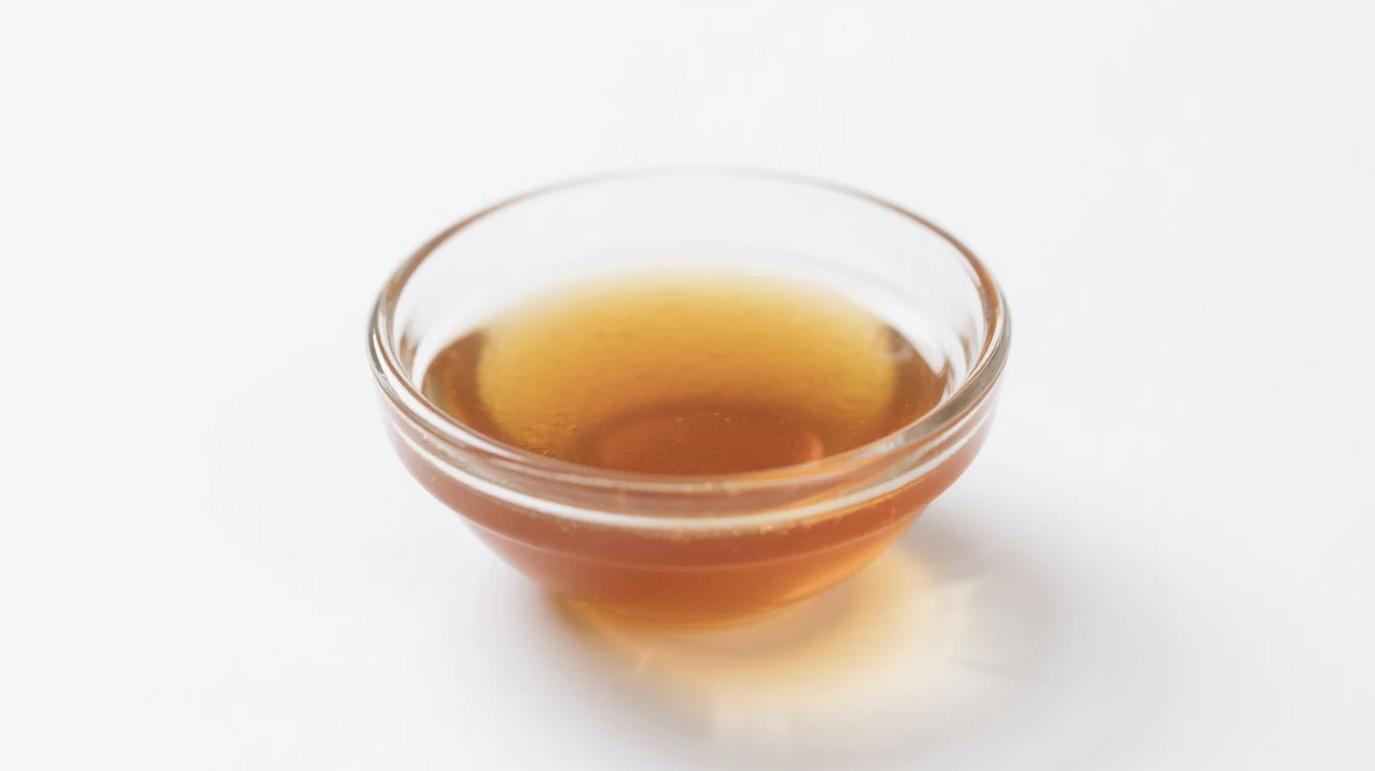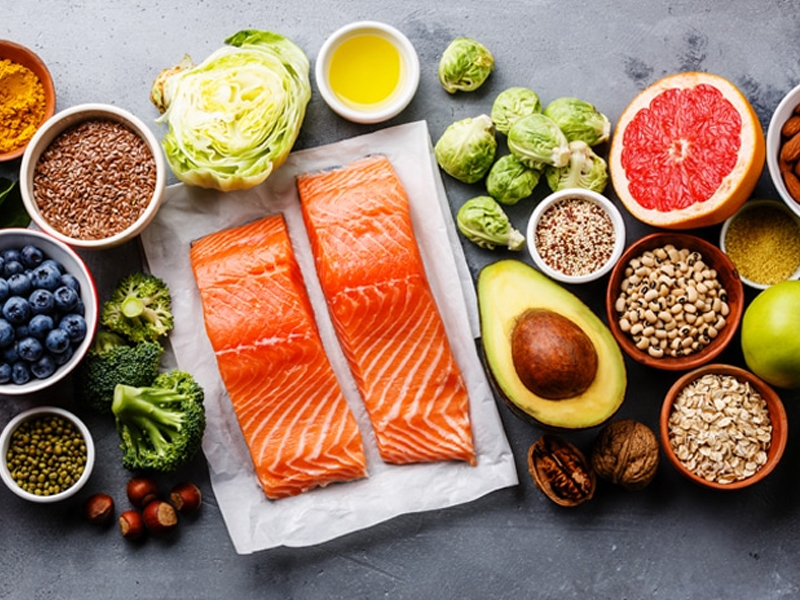Organic malt syrup isn’t just sweetener—it’s the unsung architect of crust, crumb, and complexity. While sugar merely feeds yeast, this roasted grain elixir (made from sprouted barley) conducts a biochemical symphony that transforms flour and water into artisanal magic. Here’s how a dollop of amber syrup elevates bread from basic to extraordinary.
The Triple Threat: Malt’s Bread Superpowers
- Yeast Turbocharge
Malt’s natural enzymes (alpha-amylase) break starch into maltose—yeast’s favorite fuel. Result:- Fermentation accelerates 30%
- CO₂ production surges → taller rise
- No more “dead dough” syndrome
- Crust Alchemy
Reducing sugars in malt undergo Maillard reaction at 300°F (149°C):
→ Deep amber color
→ Crisp, glass-like shards
→ Nutty aromas (think: fresh-baked pretzels) - Crumb Moisture Lock
Malt attracts water molecules →- Stays soft 3x longer than sugar-sweetened bread
- Prevents “sawdust texture” in whole-grain loaves
Organic vs. Conventional: Why Source Changes Everything
| Role in Bread | Conventional Malt Syrup | Organic Malt Syrup |
|---|---|---|
| Enzyme Activity | Heat-killed during processing | Live enzymes preserved |
| Flavor Depth | Flat sweetness (corn syrup added) | Caramel-toffee complexity |
| Fermentation Aid | Inconsistent yeast activation | Predictable rise every time |
| Shelf Life | Preservatives extend shelf life | Natural acidity inhibits mold |
Real baker’s test: Organic malt-fed sourdough develops 22% more acetic acid → tangier flavor.
Dosage Decoded: The Goldilocks Principle
Too little (<1% flour weight):
- Pale crust
- Gummy texture
- Stalled rise
Too much (>3%):
- Overbrowned crust
- Sticky crumb
- Yeast hyperactivity → collapsed loaves
Perfect Range:
- Lean doughs (baguettes): 1.5–2%
- Enriched doughs (brioche): 0.5–1%
- Whole grain: 2.5–3% (counteracts bitterness)
Pro tip: Replace honey/maple syrup 1:1 in recipes—malt’s lower fructose content won’t over-caramelize.
4 Unexpected Bread Hacks
- Crust Revival
Brush par-baked loves with 1:3 malt syrup/water → bakes into crackling lacquer. - Gluten Repair
Over-kneaded dough? Fold in ½ tsp malt syrup → enzymes mend torn gluten strands. - Sourdough Jumpstart
Feed sluggish starter with malt syrup (not sugar) → boosts wild yeast diversity. - Freezer Defense
Add 1% malt to sandwich bread → prevents ice crystal damage during thawing.
The Organic Edge: Beyond Certification
Conventional malt often contains:
⚠️ Glyphosate residues (barley is heavily sprayed)
⚠️ Synthetic diastase enzymes
⚠️ Caramel coloring (class IV)
Organic cold-pressed malt syrup retains:
- Bioactive compounds: Ferulic acid (antioxidant) and GABA (stress-reducing amino acid)
- Natural minerals: Zinc for enzyme function, magnesium for yeast health
- Terroir notes: Soil minerals imprint terroir (volcanic vs. limestone barley)
Bread’s Silent Partner
Malt syrup works behind the scenes:
- In bagels: Creates chewy density and blistered skin
- In rye bread: Masks earthiness with toffee notes
- In pizza dough: Enhances char without burning
Baker’s confession: My “secret” focaccia recipe uses malt syrup in the olive oil brine—creating an umami crust that regular sugar can’t touch.
The Final Rise
Organic malt syrup isn’t an ingredient—it’s a lifeforce. It coaxes wild yeast from dormancy, coaxes caramel from raw flour, and coaxes joy from every slice. In a world of quick fixes, it remains the patient artisan’s compass: proof that the sweetest victories come not from force, but from fermentation.
Your dough is waiting. Will you give it sugar… or soul?
Recommended Product
Organic Malt Syrup
Natural Sweetener & Functional Ingredient for Food, Beverage, and Health Products


